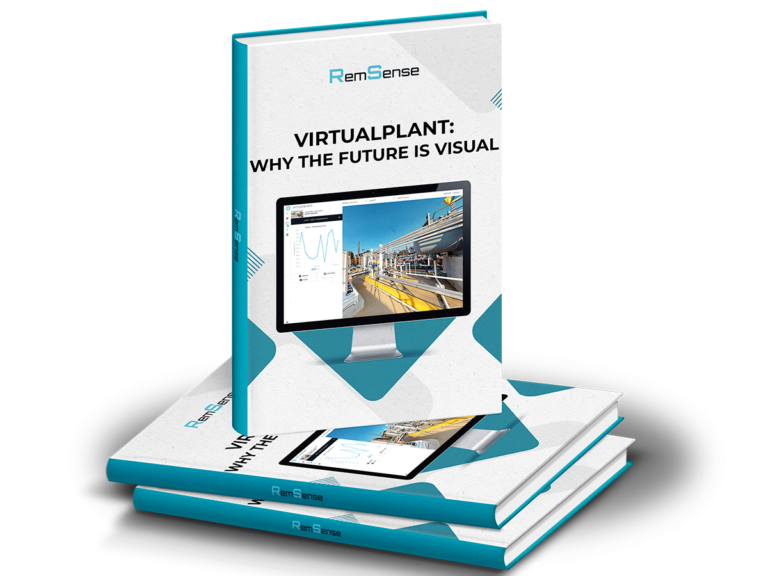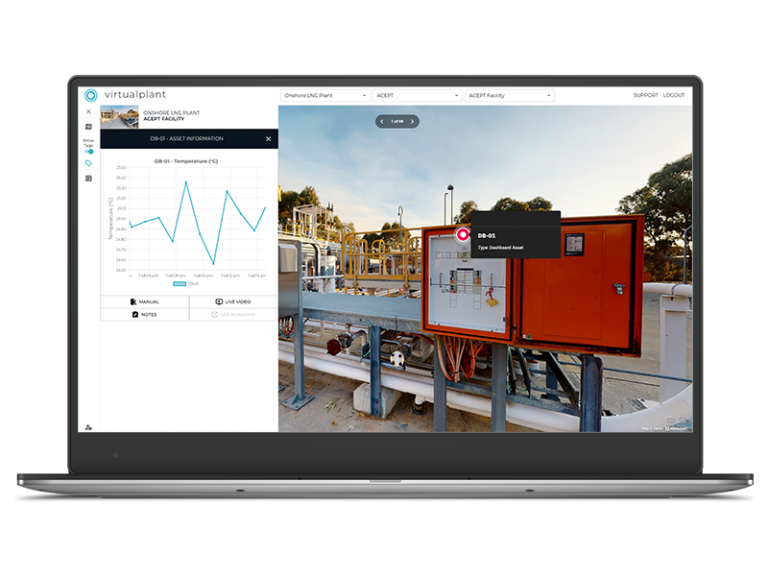Digital Twin technology creates a virtual model of a physical object, system, or process. As a digital counterpart for the actual object, digital twin solutions provide the opportunity to understand and predict outcomes, have real-time data for decision-making, optimising processes, and enhancing connectivity.
While digital twin technology is incredibly important for organisations everywhere, many are still uncertain about using digital twin for their infrastructure. However, when using a digital twin, infrastructure applications are multiple, from smart cities to airports.
But what are the specific ways digital twin for infrastructure matters, and what are some use cases? This article will tell you everything to know about digital twin infrastructure applications to help you make the most of this emerging technology.
#1. Smart Cities
Digital twin technology can play an essential role in smart cities in various ways. This technology aids urban planning and can model entire cities to help facility managers enhance infrastructure projects like utilities, transportation, and public services.
Additionally, digital twin technology aids in traffic management, as it can simulate traffic flows and mobility patterns, optimise signal timing, and devise predictive algorithms to reduce congestion and improve transportation systems.
Digital twin technology can boost your bottom line by optimising resource allocation and energy consumption, ensuring nothing is wasted. It also allows monitoring and managing infrastructure in real-time to identify cost-saving opportunities and meet specific, relevant needs to improve processes.
#2. Transportation
Digital twin technology also plays a key role in transportation applications. This technology allows for predictive maintenance processes, meaning it can predict and manage traffic congestion and detect the health of vehicles and infrastructure with predictive maintenance to reduce downtime.
Digital twins for infrastructure also contribute to transportation applications by optimising logistics and supply chain operations in areas like route planning, as digital twins can optimise routes taken by delivery vehicles considering factors like traffic road conditions. This technology is essential for improving maintenance and asset management, as digital twins monitor the health of various transportation assets like trains and vehicles and infrastructures like bridges and roads. Predictive analytics with digital twin technology identifies issues before equipment failure occurs to reduce downtime and maintenance costs for your organisation.
#3. Renewable Energies
As global renewable energy continues growing, it’s more crucial than ever to have trustworthy resources like digital twin technology to aid in renewable energy goals. Digital twins makes it possible to optimise energy production and distribution and can also monitor and manage energy infrastructure. Digital twins can boost the performance of renewable energy installations like solar fields and wind farms to predict maintenance and maximise energy output.
Furthermore, this technology can manage energy demand to help businesses predict future demand rates and prepare to meet customer expectations. This perk makes digital twin technology a necessary resource for numerous Energy organisations.
#4. Water Management
Another area where digital twins are proving highly useful is water management. Digital twin technology enables institutions to monitor and manage water infrastructure. Also, it provides the capability to simulate water treatment processes, enabling teams to reduce energy consumption, ensure water quality, and optimise resource allocation.
This technology is crucial for predicting and managing water demand and supply, as it aids with demand forecasting using historical data, weather patterns, and other factors to predict future demand rates. The resource optimises energy consumption by incorporating essential data to help utilities make wise decisions on distributing water to lower energy costs.
#5. Building Management
Digital twin resources are critical in building management because they allow teams to monitor and manage building operations, making improving maintenance and asset management easier. This resource also optimises energy consumption like HVAC, lighting, and other systems to reduce consumption without sacrificing comfort for occupants.
Digital twins also allow for predictive maintenance, which can be critical in building management operations. It provides the capability to monitor building and equipment health and schedule maintenance before serious problems occur, saving organisations money and resources that would otherwise be wasted.
#6. Manufacturing
One of the most important use cases for digital twin technology is in manufacturing is production optimisation – manufacturers can optimise production lines, reduce waste, and improve their environmental impact through one technology. This capability ensures companies to get better outcomes for customer’s satisfaction and ultimately reach sustainability targets.
#7. Warehouses
Digital twin technology is increasingly important in warehouse operations because it can improve logistics and supply chain operations, promoting a more efficient work environment and facilitating several processes. Digital twins are useful for optimising inventory management – this technology allows teams to track inventory levels, optimise storage space, and enhance order-picking/packing processes.
The technology also allows warehouse managers to monitor and manage warehouse operations in real-time and keep an eye on equipment required to operate efficiently, like conveyor belts and robotics. This resource allows teams to minimise downtime for productive operations, enhanced satisfaction, and, ultimately, a chance at increasing their bottom line.
#8. Logistics
Digital twins play a massive role in logistics operations and supply chain processes. For instance, digital twins can enhance logistics by simulating different routes and the movement of valuables, allowing for informed decision-making on future organisational operations. Businesses can improve their logistics processes for a more productive environment through this ability to monitor and manage transportation infrastructure.
Digital twin technology predicts and manages demand and supply because it provides insights into demand forecasting and allows supply chain simulation to model different scenarios, such as assessing the impact of potential supply disruptions and evaluating varying sourcing options.
#9. Data Centers
In data centres, digital twin technology can enhance energy consumption for greater power efficiency. Digital twins can create representations of the data centre’s physical infrastructure – such as servers and cooling systems – to allow for real-time energy consumption simulation.
Digital twins also let you monitor and manage data centre operations in real-time to enable monitoring of temperature, humidity, power usage, and other parameters in the data centre. In system failures, digital twins allow data centre operators to assess the impact and simulate recovery scenarios for minimal downtimes.
Digital twin technology offers resources for predictive maintenance and asset lifecycles. Digital twins can maintain virtual records of different assets, predict when equipment is at risk for failure, and aid in making informed decisions about equipment replacements. All these benefits help data centres sustain a healthy bottom line and prevent major issues that could harm operations.
#10. Ports and Airports
In ports and airports, digital twin technology helps simulate and optimise traffic flow and mobility patterns through processes like traffic simulation within and around ports and airports. These simulations are critical to identify issues and optimise road and parking layouts. Digital twins integrate data from various sources to help design productive transportation infrastructures.
Additionally, digital twin technology allows for advanced monitoring and managing solutions for various infrastructure elements, such as runways and terminals, to provide data on equipment conditions, maintenance necessities, and environmental parameters.
This technology is critical because it provides key information on demand and supply to predict passenger traffic and cargo volumes, making it vital for resource planning and optimised services. Digital twins can simulate the flow of cargo and passengers to aid in improved logistics and passenger services to meet demand.
THE REMSENSE VISUALISATION PLATFORM SOLUTION
RemSense empowers companies with a disruptive visual twin technology. Virtualplant by RemSense surpasses existing digital twins, offering a high-resolution visualisation platform that links to businesses CMMS and registers. It ensures that your company doesn’t rely solely on rendered digital twins, complex drawings or siloed data but let you experience the site as it exists, not just as designed.
Get in touch now to book a FREE demo of virtualplant

